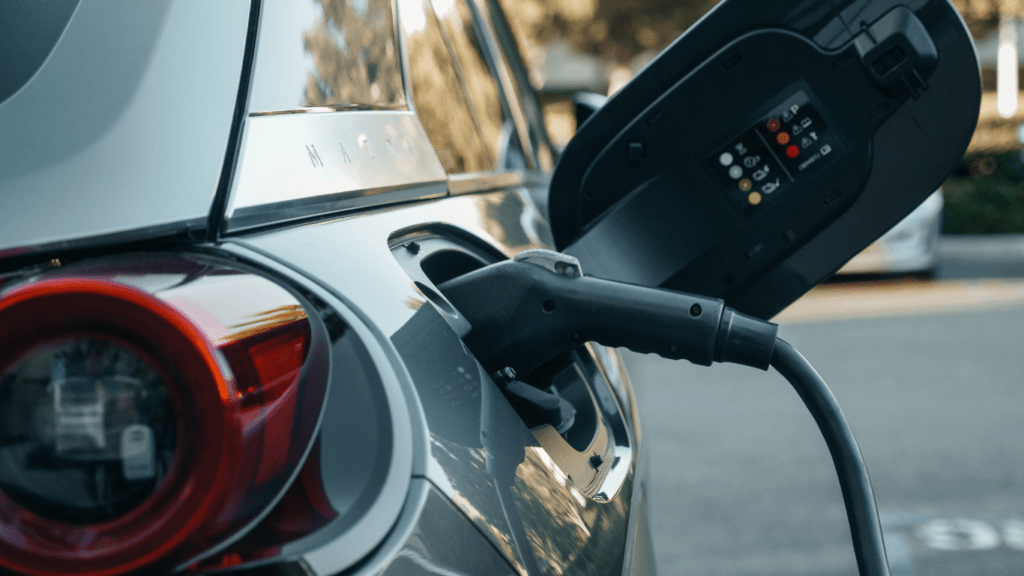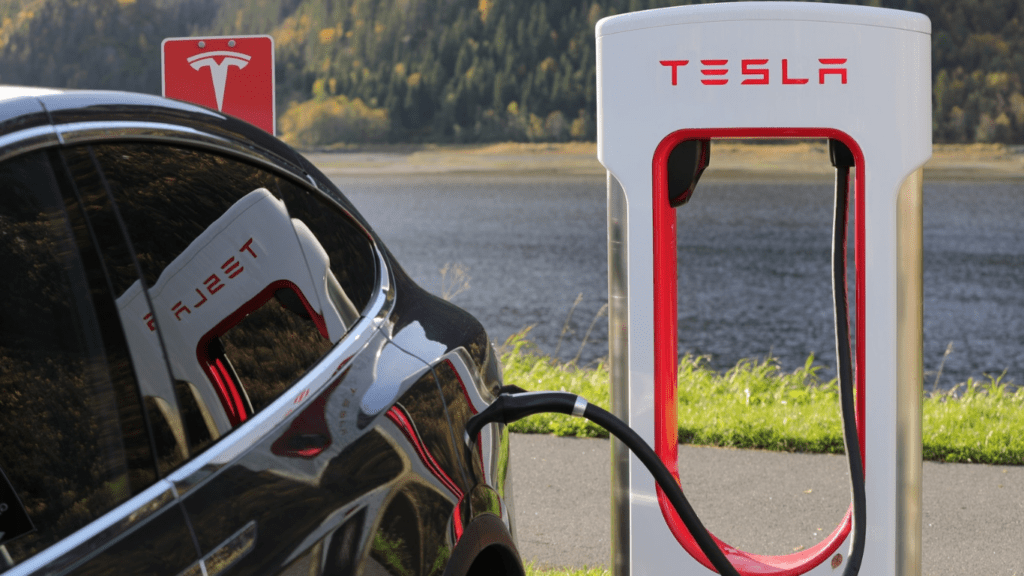Overview of Electric Vehicle Innovations for 2024
Electric vehicles are pushing the boundaries of technology in 2024. With cutting-edge advancements, these vehicles are becoming more efficient and user-friendly.
Key Trends and Technologies
- Battery Technology: Batteries now offer extended ranges exceeding 400 miles per charge. Solid-state batteries are replacing lithium-ion, providing higher energy density and faster charging times.
- Autonomous Driving: EVs are integrating advanced AI for Level 4 autonomous driving. This allows the vehicle to operate without human intervention in most conditions.
- Smart Charging: Smart charging stations are becoming widespread. These stations can communicate with the electric grid, optimizing charging based on demand and supply, which reduces electricity costs.
- Vehicle-to-Grid (V2G) Integration: Newer EV models support V2G, enabling them to feed electricity back into the grid. This helps stabilize the grid during peak demand times.
Major Players and Their Contributions
- Tesla: Tesla continues to innovate with its new 4680 battery cells. These cells promise higher performance and lower costs, making their vehicles more affordable.
- Lucid Motors: Lucid Air offers an impressive range exceeding 500 miles. The company focuses on luxury combined with top-notch electric performance.
- Ford: The Ford F-150 Lightning is revolutionizing the electric truck segment. It offers a dual-motor setup and advanced telematics.
- Volkswagen: Volkswagen’s ID.4 is gaining traction in the compact SUV market. The vehicle supports over-the-air updates to improve efficiency continually.
These developments are setting the stage for a transformative year in the electric vehicle sector. Electric vehicles are thus becoming the go-to choice for environmentally conscious consumers.
Advancements in Battery Technology
Recent breakthroughs in battery technology have significantly improved electric vehicles (EVs), enhancing their lifespan and efficiency.
Enhanced Battery Life and Efficiency
New battery chemistries, like lithium-sulfur and solid-state, are boosting the lifespan and efficiency of EV batteries.
Lithium-sulfur batteries offer a higher energy density, potentially doubling the range compared to traditional lithium-ion batteries.
Solid-state batteries eliminate liquid electrolytes, lowering the risk of overheating and increasing energy storage.
For example, companies like QuantumScape are developing solid-state batteries projected to reach commercial viability by 2024.
Innovations in Charging Solutions
Advanced charging solutions are transforming how users power their EVs. Ultra-fast charging stations can now add up to 300 miles of range in 20 minutes.
Companies are also investing in wireless charging pads that enable hands-free, efficient charging. In addition, smart charging systems, integrated with Vehicle-to-Grid (V2G) technology, allow EVs to supply energy back to the grid, enhancing grid stability.
For example, Tesla’s Superchargers and ChargePoint’s expanding network lead in deploying these advanced charging solutions.
Breakthroughs in Autonomous Driving Features

Autonomous driving features have rapidly advanced in recent years, revolutionizing the EV industry. In 2024, these innovations are more sophisticated and integrated than ever before.
Level of Autonomy Achieved
Level 4 autonomy has become a reality for several EV models, enabling vehicles to handle most driving tasks without human intervention.
Leading companies like Tesla and Waymo have conducted extensive testing, logging millions of miles on public roads.
The most significant advancement is the ability to operate in urban environments, where complex traffic patterns and unpredictable obstacles present major challenges.
Level 4 systems can navigate these scenarios, making urban commuting safer and more efficient.
Integration with Electric Vehicles
Integrating autonomous driving with EVs has created a seamless driving experience. Companies like Ford and Volkswagen have developed systems that optimize energy consumption and battery management.
Autonomous driving features adjust driving patterns to conserve energy, such as smoothing acceleration and deceleration to extend battery life.
In addition, these systems can interface with smart charging networks, allowing vehicles to autonomously locate and connect to charging stations.
This integration ensures that EVs operate at peak efficiency and contribute to the sustainability goals driving the industry forward.
Sustainability and Environmental Impact
Electric vehicles (EVs) in 2024 emphasize eco-friendliness, aligning with sustainability and environmental goals. Recent innovations aim to minimize carbon emissions and utilize sustainable materials.
Reduction in Carbon Footprint
New-generation EVs significantly cut carbon emissions. Using renewable energy sources like solar and wind for charging stations further decreases their overall environmental impact.
For example, in California, 50% of charging stations now draw power from renewable sources. Lightweight materials and improved aerodynamics also enhance energy efficiency.
Automakers integrate energy-efficient technologies, reducing battery stress and prolonging lifespan, thus contributing to a lower carbon footprint.
Recyclable Materials and Manufacturing Processes
Manufacturers prioritize recyclable and sustainable materials in EV production. Companies like Tesla and Ford use recycled aluminum and plastic in car bodies and interiors.
Innovative battery recycling methods, such as Redwood Materials’ process, reclaim up to 95% of valuable metals like:
- lithium
- nickel
- cobalt
Green manufacturing processes reduce waste and emissions. For instance, Lucid Motors employs advanced water-based paint processes, cutting hazardous waste by 90%.
By incorporating these practices, the EV industry supports global sustainability goals and reduces environmental impact.
Electrification of Public and Commercial Transport
Electric vehicles (EVs) are transforming public and commercial transportation in 2024. Significant strides have been made in electrifying buses and trucks, influencing urban development.
Electric Buses and Trucks
Electric buses are now a common sight in many cities. They reduce noise pollution and have zero tailpipe emissions, improving air quality.
Companies like Proterra and BYD have introduced electric buses with ranges up to 329 miles on a single charge. Electric trucks are also becoming more prevalent in logistics.
Tesla’s Semi and Volvo’s VNR Electric are making it easier for companies to reduce their carbon footprint. These trucks offer ranges of up to 500 miles and feature fast-charging capabilities, ensuring minimal downtime.
Impact on Urban Development
The rise of electric public transport is reshaping urban landscapes. Cities are investing in charging infrastructure to support the growing number of EVs.
Dedicated bus lanes and electric charging hubs are becoming more common. This infrastructure lowers operational costs and encourages wider EV adoption.
Urban planners are considering EV impacts on city design, integrating charging stations into public spaces and parking lots. By prioritizing electrification, cities address sustainability goals and improve residents’ quality of life.

